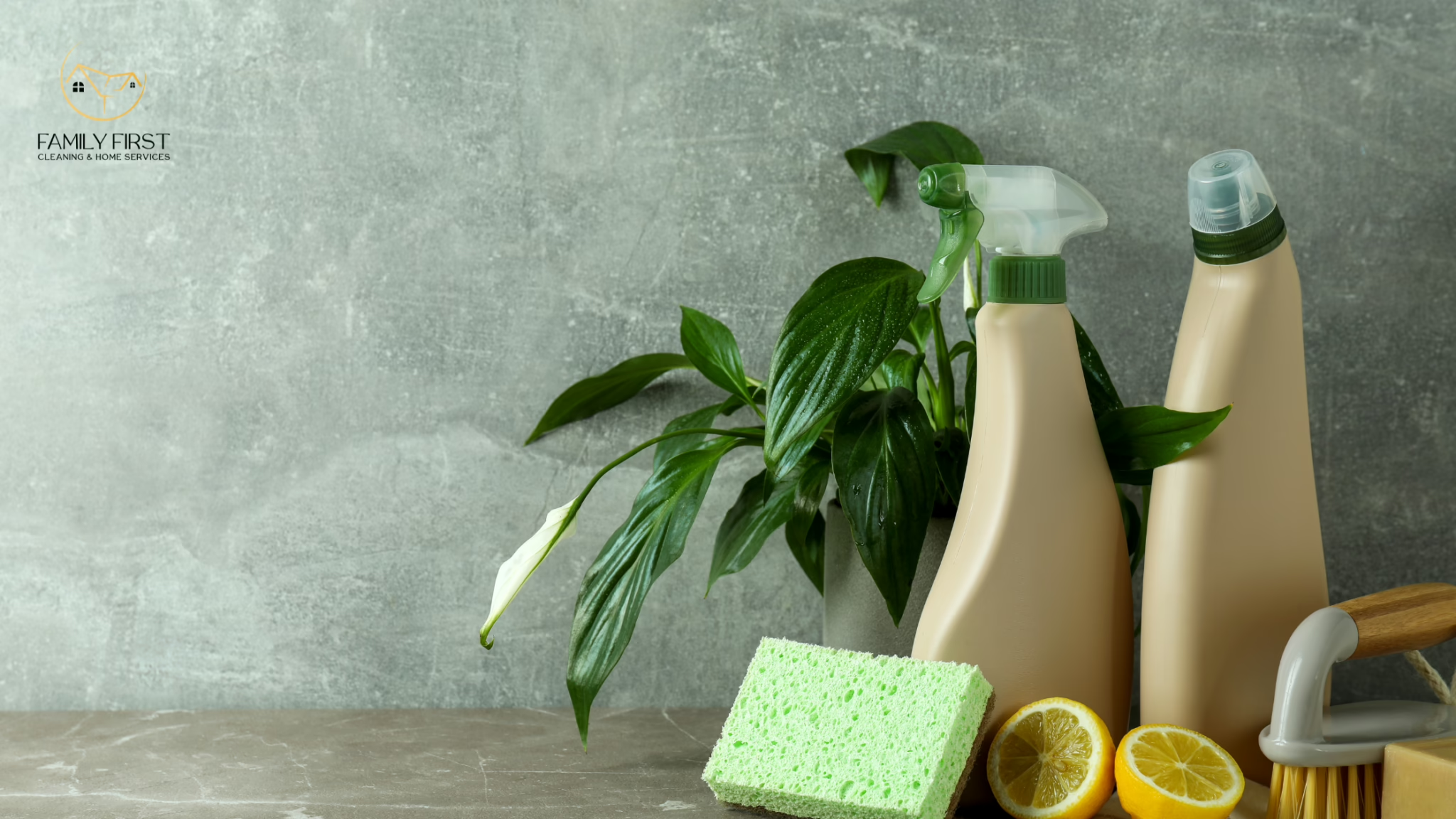Oil stains on wood are the nemesis of a perfectly polished surface. Whether it’s a misstep in the kitchen or a careless spill in the living room, knowing how to remove oil stains from wood is a skill that can save your furniture and floors from an untimely fate. In this article, we’ll explore a practical, easy-to-follow approach for tackling these stubborn blemishes while keeping your wood surfaces in pristine condition.
The Culprit: Why Oil Stains Are So Stubborn
Oil stains are tricky because they seep into the wood grain, bonding with the fibers and creating a mark that feels permanent. While sealed wood surfaces act as a barrier against this infiltration, untreated or lightly finished wood absorbs oil like a sponge. The deeper the stain, the more effort it takes to lift—but don’t worry, we’ve got you covered.
The First Line of Defense: Absorption
When you first notice an oil spill, immediate action is key. Here’s what you should do:
- Blot, Don’t Rub: Use a paper towel or soft cloth to gently blot the area, absorbing as much oil as possible. Rubbing will only push the oil deeper into the wood.
- Apply an Absorbent Powder: Sprinkle baking soda, cornstarch, or talcum powder over the stain. These powders act as natural oil magnets, drawing out the grease.
- Let It Sit: Give the powder 15 to 30 minutes to do its job. For older or deeper stains, leave it on longer.
- Vacuum or Wipe Away: Remove the powder using a vacuum with a brush attachment or a clean, dry cloth. If the stain persists, repeat this step before moving on to deeper cleaning techniques.
The Power of a Gentle Cleanser
Once you’ve tackled the surface grease, it’s time to bring out the cleaning solution:
- Mix Dish Soap and Water: Combine a few drops of grease-cutting dish soap with warm water.
- Blot the Stain: Dip a soft cloth into the soapy solution, wring it out, and dab the stain gently. Avoid saturating the wood to prevent further damage.
- Scrub Gently: For tougher stains, use a soft-bristle brush to lightly scrub the area in the direction of the wood grain.
- Rinse: Wipe away the soap residue with a damp cloth, then dry the area thoroughly with a clean towel.
Tackling Stubborn Stains
Sometimes, oil stains don’t give up without a fight. In these cases, bring in the reinforcements:
- White Vinegar Solution: Mix equal parts white vinegar and water. Dab this solution onto the stain and let it sit for a few minutes before wiping clean. Vinegar is a natural degreaser and works wonders on stubborn marks.
- Mineral Spirits: For deeply embedded stains, apply a small amount of mineral spirits to a soft cloth and rub the area gently. Be sure to test this method on an inconspicuous spot first to ensure it doesn’t damage the finish.
- Baking Soda Paste: Combine baking soda with a small amount of water to form a paste. Apply it to the stain, let it sit for 15 minutes, then scrub lightly with a toothbrush or soft cloth. Wipe clean and dry thoroughly.
For Unsealed or Raw Wood
If your wood surface is unsealed, the oil may have penetrated deeply. In these cases, you might need a more aggressive approach:
- Sand the Area: Use fine-grit sandpaper to gently sand the stained area, following the wood grain. Work carefully to avoid damaging the surrounding finish.
- Refinish: After sanding, apply a matching stain or wood oil to restore the area’s appearance. Finish with a protective sealant to prevent future stains.
Prevention: The Best Cure
To keep your wood surfaces safe from oil stains in the future, consider these tips:
- Use Coasters and Mats: Place them under items that may leak oil or grease.
- Apply a Protective Finish: Sealed wood is far less susceptible to stains than untreated surfaces.
- Wipe Spills Immediately: Quick action prevents oil from settling into the wood grain.
Why Professional Help May Be the Answer
For extensive or particularly stubborn stains, professional cleaning services can offer a more thorough solution. Family First’s home cleaning service in Denver specializes in restoring the beauty of wood surfaces, making them an excellent choice for tackling tough stains and maintaining the elegance of your home.
Final Thoughts
Knowing how to remove oil stains from wood can save your favorite furniture or flooring from disaster. By acting quickly and using the right tools and techniques, you can restore your wood surfaces to their original beauty. And if the job feels too daunting, there’s no shame in calling in the experts. After all, keeping your home in pristine condition is always worth the effort. Remember, Family First is here to help when you need it most.




